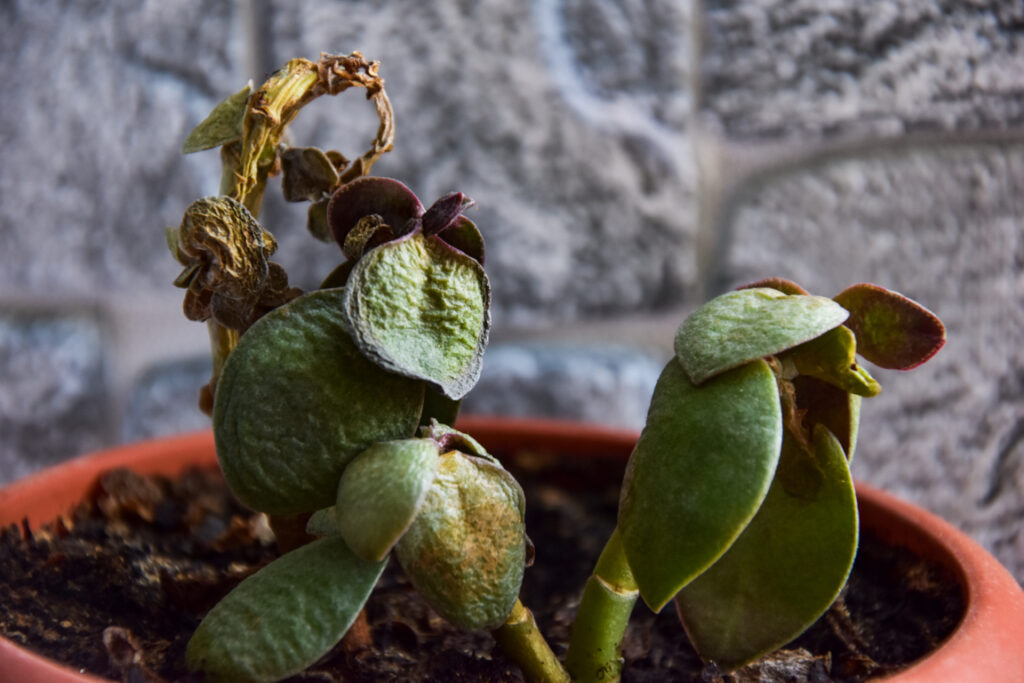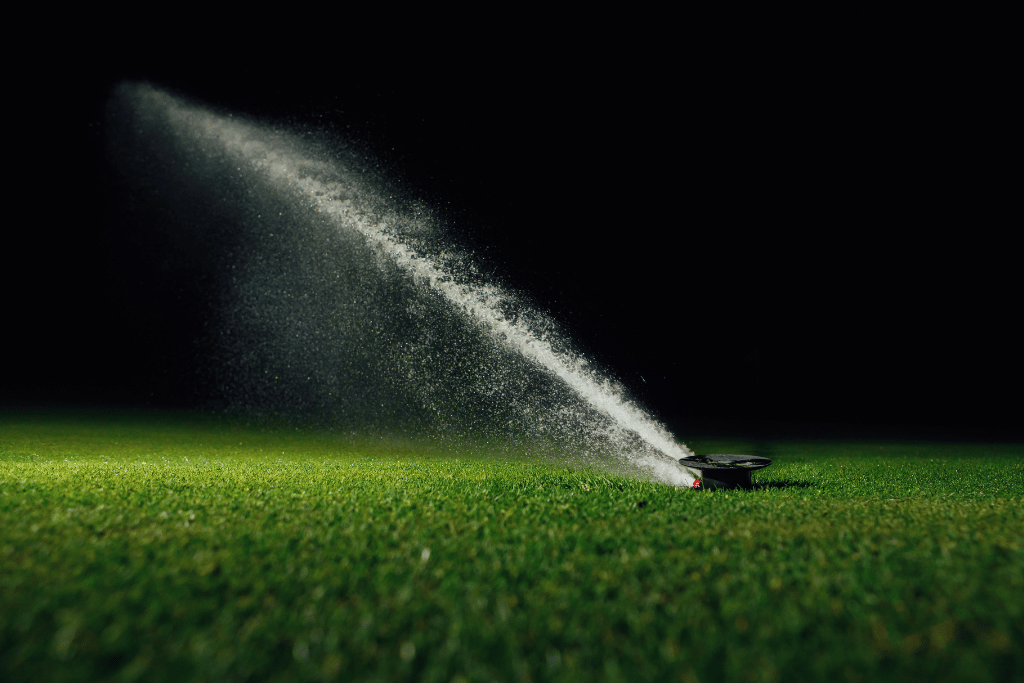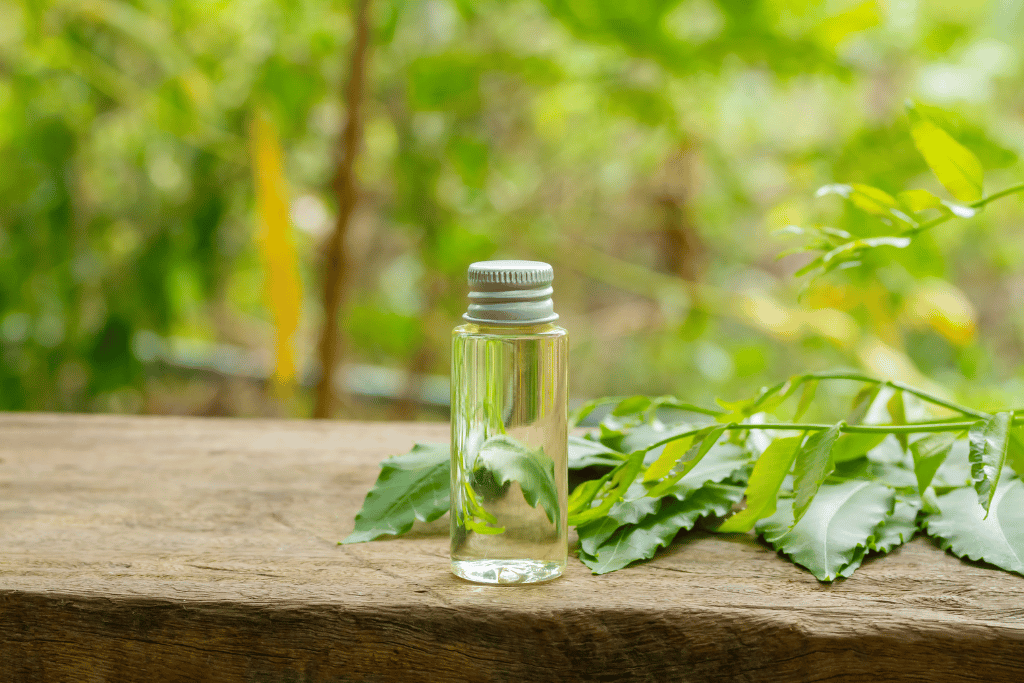
Sometimes, a bonsai tree may look different than usual, and you may be unsure if it is sick or just going through a natural cycle. To determine whether your bonsai tree is sick, there are a few key signs to look out for: discoloured leaves, wilting branches, the presence of insects or pests, yellowing foliage, and decreased growth.
How to Tell if a Bonsai Tree is Sick or Needs Fertilization?
One of the most important tasks in keeping a bonsai tree alive and healthy is monitoring its health. The best way to do this is to check the leaves, branches, trunk, and roots regularly for signs that anything is wrong.
If your bonsai tree’s leaves are wilting or curling, it may indicate an infestation or disease.
Check for signs of nutrient deficiencies by inspecting your bonsai tree’s leaves. If the leaves are yellowing, discoloured, or have spots, your tree may not be getting enough nutrients. In this case, you should consider applying a fertilizer or foliar spray to the leaves.
Lastly, if your tree feels brittle or dry, it could be indicative of over-watering or a lack of water. Adjust your watering schedule accordingly, and always check the soil moisture levels before watering.
Types of Diseases a Bonsai Tree Can Suffer From and How to Prevent Them
The bonsai tree is a delicate plant, requiring careful attention to keep it healthy. Properly caring for your bonsai tree can help prevent common diseases that could otherwise be fatal to the tree. It’s important to know what signs may indicate a disease is present and to take preventive steps before it’s too late.
Root rot:
The most common disease that affects bonsai trees is root rot. Root rot occurs when the tree’s roots become over-saturated with water and unable to take in oxygen. This can cause nutrient deficiencies, discolouration of foliage, and the death of branches or entire plants. To prevent root rot, make sure your soil is well-draining, and avoid over-watering.
Leaf curl:
Another common bonsai tree disease is leaf curl, caused by a fungus called genus Taphrina. Leaf curl can damage the leaves – turning them yellow, distorted, and curled up. To prevent this disease, you can apply an appropriate insecticide and try to keep your tree in a well-ventilated space.
Fungal diseases:
Fungal diseases such as powdery mildew, rust, and blight can also be problematic for bonsai trees. These fungi spread easily, so they must be managed quickly to prevent them from killing the tree. To control fungal diseases, you can use fungicides, avoid dampness and overwatering, and maintain good hygiene in your growing environment.
Verticillium wilt:
Bonsai trees can be affected by diseases such as verticillium wilt and phytophthora root rot. These diseases are caused by soil-borne organisms that attack the roots of the tree and cause sudden wilting or death of branches or entire plants. To prevent these diseases, you should make sure your soil is properly aerated and well-drained, avoid over-watering, and you can use fungicides to control any fungi present in the environment.
By taking preventive measures such as keeping your tree clean, controlling insect pests, maintaining good hygiene in the growing environment, and using appropriate fungicides, you can prevent common diseases from affecting your bonsai tree. Caring for your bonsai tree is essential in keeping it alive and healthy indoors or outdoors. With the right care and maintenance, your bonsai tree can thrive for many years.
Read more: How to keep your bonsai tree alive.
What to do if my Bonsai Tree is Sick?
If you notice any signs your bonsai is sick, it is vital to take action. Here’s what you can do:
- Check for pests or insects and treat them if necessary.
- Inspect the soil to make sure it is moist but not overly wet
- Adjust your watering schedule accordingly.
- Move your tree to a different spot with better light or air circulation, which can help improve the tree’s health.
- Fertilize the soil if it is lacking in nutrients.
- Prune any dead or damaged branches, as this will help encourage new growth.
- Consult with a bonsai specialist if you are still unsure of what to do. They can provide further guidance and advice on how to keep your bonsai healthy.



